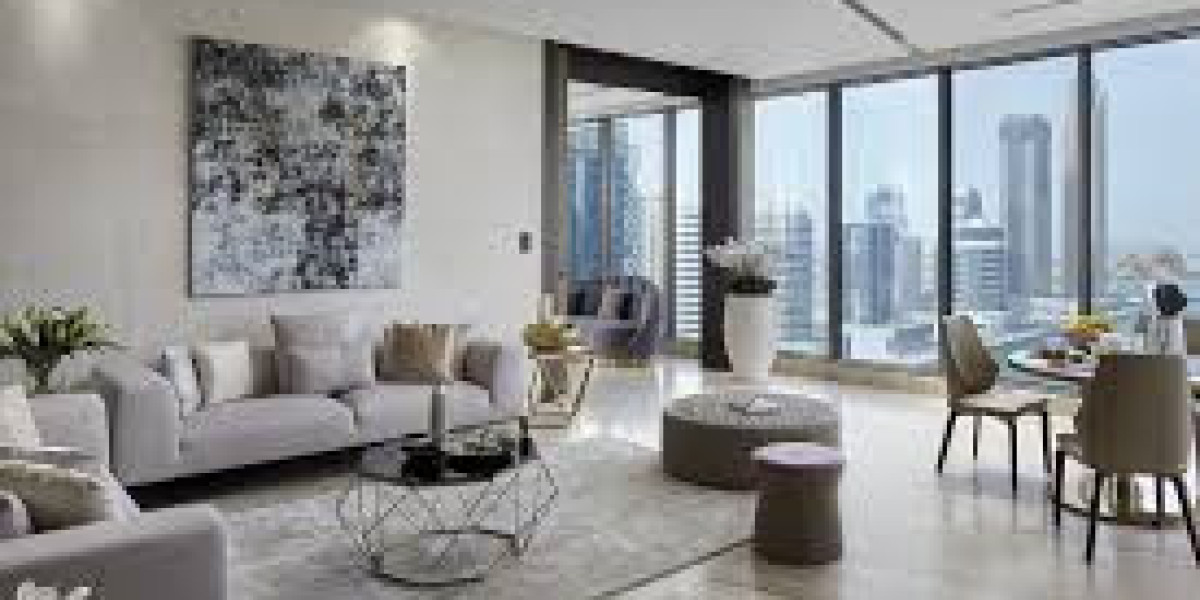The Art and Science of Interior Design
Interior design is a captivating blend of art and science, a discipline that transforms spaces into harmonious and functional environments. It goes beyond mere aesthetics, involving a deep understanding of human behavior, spatial dynamics, and the principles of design. Whether you’re refreshing your home or embarking on a professional career in design, understanding the interplay between art and science is essential to creating spaces that are both beautiful and practical.
The Art of Interior Design
Creativity and Aesthetics
At its core, interior design is a creative endeavor. The art of design involves selecting color palettes, textures, and furnishings that reflect the personality and needs of the occupants. Creativity is key in envisioning how different elements come together to form a cohesive look.
Key Artistic Elements:
- Color Theory: The choice of colors affects mood and perception. Designers use color schemes to evoke particular emotions and set the tone of a space.
- Textures and Patterns: Combining various textures and patterns adds depth and interest to interiors. This artistic touch can make a space feel more dynamic and inviting.
- Lighting: Lighting is not only functional but also a crucial element of design aesthetics. It can enhance the visual appeal of a space, highlight architectural features, and create ambiance.
Design Styles
Interior design encompasses a variety of styles, each with its own artistic flair. From the elegance of classical design to the sleek lines of modern minimalism, the choice of style influences every aspect of the design process.
Popular Styles Include:
- Modern: Characterized by clean lines, neutral colors, and functional furnishings.
- Traditional: Emphasizes classic elegance with rich fabrics, intricate details, and antique furniture.
- Bohemian: Features a mix of colors, patterns, and textures for a relaxed, eclectic feel.
The Science of Interior Design
Human Psychology and Behavior
The scientific aspect of interior design involves understanding how people interact with their environment. Factors such as spatial layout, ergonomics, and lighting affect comfort and functionality.
Scientific Considerations:
- Ergonomics: Ensures that furniture and layouts support human comfort and efficiency. Proper ergonomic design prevents strain and promotes well-being.
- Spatial Planning: The arrangement of furniture and the flow of movement in a space must be carefully considered to maximize functionality and accessibility.
- Acoustics: The design of a space can impact sound quality and noise levels. Acoustic treatments can improve comfort and reduce disturbances.
Sustainable Design
Science also plays a role in promoting sustainability in interior design. Eco-friendly practices and materials help reduce the environmental impact of design projects.
Sustainable Strategies:
- Green Materials: Using materials that are renewable, recyclable, or low in harmful emissions.
- Energy Efficiency: Incorporating energy-saving features such as LED lighting and smart thermostats.
- Waste Reduction: Designing with a focus on minimizing waste and repurposing materials.
Integrating Art and Science
The true mastery of interior design lies in integrating artistic vision with scientific principles. A successful interior design project balances aesthetics with functionality, creating spaces that are not only visually appealing but also practical and comfortable.
Steps to Integration:
- Understand Client Needs: Begin with a thorough understanding of the client’s preferences, lifestyle, and functional requirements.
- Develop a Concept: Combine artistic inspiration with scientific insights to develop a design concept that meets both aesthetic and practical needs.
- Execute with Precision: Pay attention to detail in the execution of the design, ensuring that all elements work together seamlessly.
Conclusion
The art and science of interior design converge to create environments that are both visually captivating and functionally effective. By embracing the creative aspects of design and applying scientific principles, designers can craft spaces that enhance the quality of life for their occupants. Whether you are an aspiring designer or simply looking to improve your own living space, understanding this dynamic interplay will help you achieve a harmonious and successful outcome.



